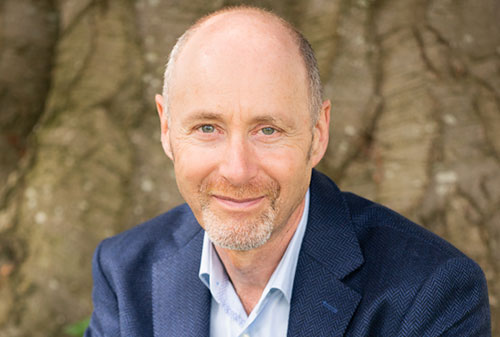
Client engagement seems to be a bit of a buzz term at the moment and yet what it is and how you achieve it is still widely misunderstood.
Ultimately, advancing technology will see to it that face to face advice must offer more than a purely transactional, product-based service if it is to turn a viable profit (only in my opinion, of course, but this is the way the evidence is pointing).
Therefore, it will become increasingly important for advisers to know how to create more value for their clients and keep delivering it long-term.
This is one of the reasons for the growth of financial planning, where the focus is upon a client’s overall quality of life rather than simply putting financial arrangements in place.
By deeply engaging a client I mean how effective are you at getting a client to open up, reflect upon what matters most to them and clearly see the relevance of this in financial planning?
The conventional approach and the way I used to think about it was that it was about asking better questions, listening and understanding what the bigger picture looks like, etc.
And on the surface level it is.
But there also seemed be another element that I couldn’t quite put my finger on. For instance, …
Why did some practitioners excel at getting a deep human connection with their clients whilst others struggled?
Why did some practitioners attend training’s on client engagement (including the ones I provided) and see little or no improvement?
These were questions I spent a lot of time reflecting on.
Then several years ago I was listening to the psychologist George Pransky talk about something he calls ‘the health of the helper’.
George was talking in the context of psychology, therapy and coaching and how the 400+ different approaches all relied upon techniques to try and get the result for the patient or client.
He said that very little or no attention was paid to the psychological health of the practitioner and yet this was by far the most important factor. The practitioner must demonstrate the well-being he or she is trying to bring out in the client.
This was a huge light-bulb moment for me.
I realised that this must be just as true for all human interactions, including financial advisers working with their clients.
How so?
Clients will respond primarily to how you show up rather than what you say or do. Communication is brought to life by the spirit behind it.
When a client is in the loving company of someone they trust completely, who is totally there for them and in service to them, they feel safe, secure and willing to be completely open.
In elevated states of consciousness clients think with more clarity and depth. They are more reflective and make better decisions. They are more willing to listen to sound advice.
I call this the invisible side of client engagement because if you ask someone who is exceptionally good at client engagement how they do it, they will rarely, if ever, tell you it is because of their quality of mind.
Instead they will invariably point you towards their behaviours.
Yet quality of mind, as George Pransky was pointing out, is the most significant factor (and predictor) of how effective we are at engaging clients.
With an understanding of some simple principles behind how the human mind works, you can facilitate client interactions of exceptional and increasing quality and, importantly, know precisely why it is happening.


